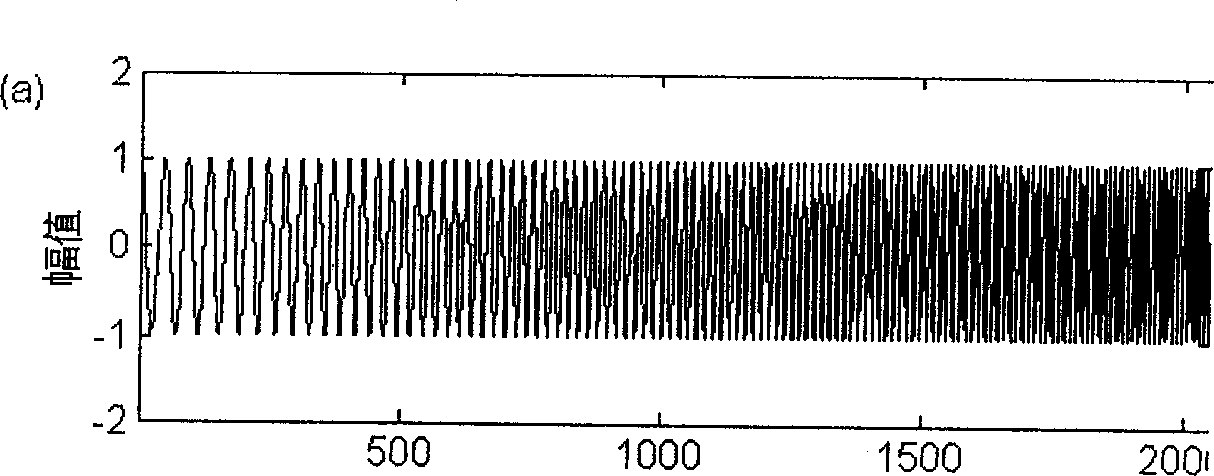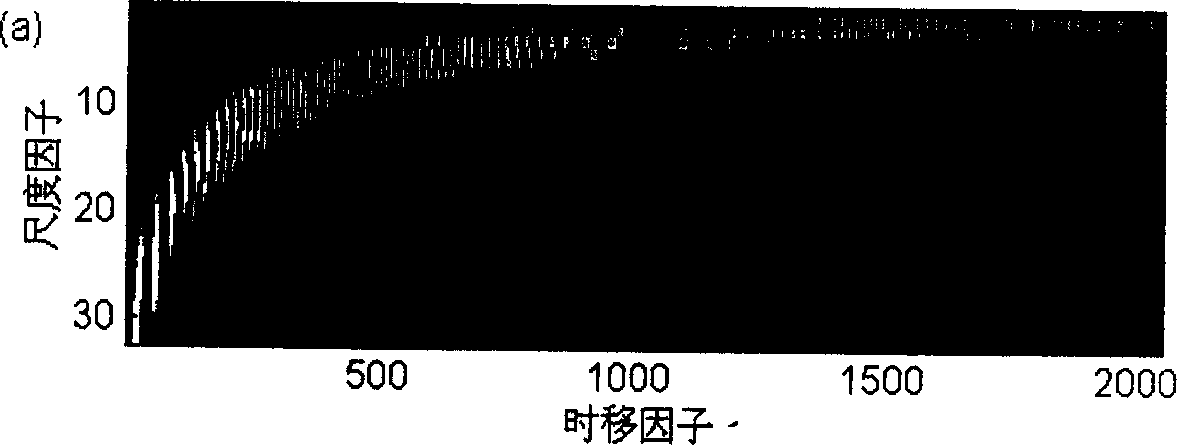Frequency-scanning signal time-frequency correlation detection and time delay estimating method
A time delay estimation and frequency sweeping signal technology, applied in seismic signal processing, radio wave measurement systems, instruments, etc., can solve problems such as inability to adapt to detection work, sensitivity to echo waveform distortion, and weak ability to suppress environmental noise
- Summary
- Abstract
- Description
- Claims
- Application Information
AI Technical Summary
Problems solved by technology
Method used
Image
Examples
Embodiment Construction
[0039] A time-frequency cross-correlation detection and time delay estimation method of frequency sweep signal according to the present invention is characterized in that it comprises the following steps:
[0040] ① Perform wavelet transform on the frequency sweep source signal to obtain its time-frequency representation;
[0041] ② Perform wavelet transform on the received signal to obtain its time-frequency representation;
[0042] ③ Carry out time-frequency cross-correlation with the time-frequency representation of the source signal and the received signal, and detect and estimate the time delay of the echo in the received signal.
[0043] The invention performs time-frequency cross-correlation on the time-frequency representation of the frequency sweeping source signal and the time-frequency representation of the receiving signal to obtain detection pulses, and calculates the distance of its corresponding target according to the position of each detection pulse.
[0044]...
PUM
 Login to View More
Login to View More Abstract
Description
Claims
Application Information
 Login to View More
Login to View More - R&D
- Intellectual Property
- Life Sciences
- Materials
- Tech Scout
- Unparalleled Data Quality
- Higher Quality Content
- 60% Fewer Hallucinations
Browse by: Latest US Patents, China's latest patents, Technical Efficacy Thesaurus, Application Domain, Technology Topic, Popular Technical Reports.
© 2025 PatSnap. All rights reserved.Legal|Privacy policy|Modern Slavery Act Transparency Statement|Sitemap|About US| Contact US: help@patsnap.com



